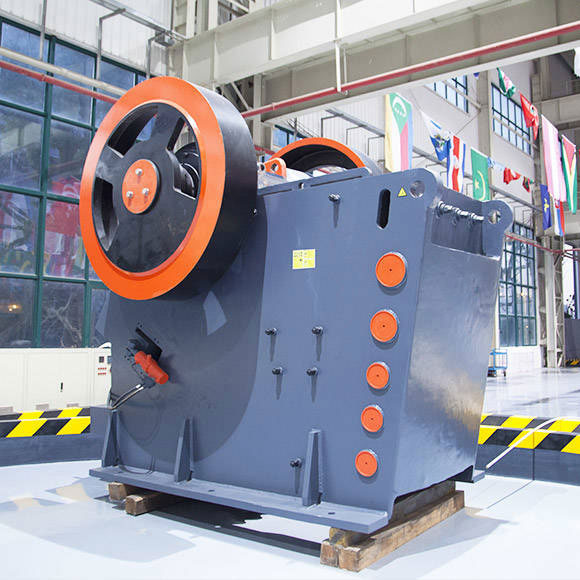A jaw crusher is a primary crushing machine used in a variety of industries, including mining, construction, and demolition recycling. It operates by compressing materials between a fixed jaw plate and a moving jaw plate to achieve the desired size reduction. Understanding how a jaw crusher works can provide insights into its operation and optimize its performance.

Structure of a Jaw Crusher
Fixed Jaw Plate:
The fixed jaw plate is an integral part of the crusher frame and remains stationary. It serves as a mounting surface for the movable jaw and provides support for the materials being crushed.
Movable Jaw Plate:
The movable jaw plate is attached to the movable jaw, which can move back and forth relative to the fixed jaw. It exerts force on the material, crushing it against the fixed jaw plate.
Eccentric Shaft:
The eccentric shaft is a crucial component that drives the movement of the movable jaw. It rotates, causing the movable jaw to move in an elliptical motion, generating crushing force.
Toggle Plate:
The toggle plate connects the movable jaw to the rest of the crusher’s structure. It acts as a safety mechanism by exerting pressure on the movable jaw to keep it in place and prevent it from falling off during operation.
Operating Principle
- Feed Material: Raw material is fed into the crushing chamber from the top through a feeder or conveyor. The size of the material typically ranges from large chunks to smaller pieces suitable for crushing.
- Crushing Action: As the eccentric shaft rotates, the movable jaw moves in a reciprocating motion. This movement exerts pressure on the material, crushing it against the fixed jaw plate. The crushed material is discharged through the bottom of the crusher, where it can be further processed or collected.
- Adjustment Mechanism: Some jaw crushers feature an adjustable discharge opening, allowing operators to regulate the size of the crushed material. This adjustment is typically achieved by adjusting the spacing between the fixed and movable jaw plates using a hydraulic or mechanical mechanism.
- Safety Features: Toggle plates play a vital role in ensuring the safety and stability of the jaw crusher during operation. They prevent the movable jaw from dislodging and protect it from damage caused by oversize or uncrushable materials.
Advantages of Jaw Crushers
- High Efficiency: Jaw crushers offer high efficiency in crushing operations due to their ability to crush materials with high compression strength.
- Versatility: They can handle a wide range of materials, including hard and abrasive substances.
- Simple Maintenance: Jaw crushers have fewer moving parts compared to other crushing machines, making them easier to maintain and repair.
- Cost-Effectiveness: Jaw crushers are relatively inexpensive to operate and maintain, making them a cost-effective solution for primary crushing applications.
In summary, a jaw crusher operates by compressing materials between a fixed and movable jaw plate, generating crushing force to reduce the size of the material. Its simple design, high efficiency, and versatility make it a popular choice for various crushing applications across different industries. Understanding its working principle and components can help optimize its performance and ensure safe operation.
